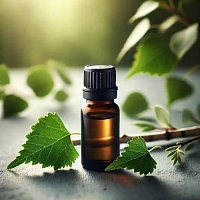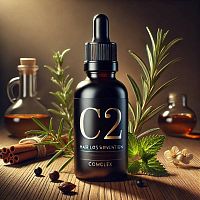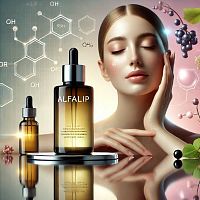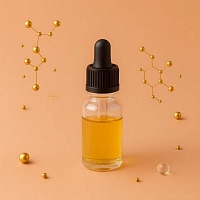-
 Absolutes
Absolutes
-
 Active Complexes
Active Complexes
-
 Actives and Peptides for Cosmetics
Actives and Peptides for Cosmetics
-
 Amino Acids
Amino Acids
-
 Food Flavorings
Food Flavorings
-
 Ayurveda
Ayurveda
-
 Vitamins
Vitamins
-
 Gelling Agents and Thickeners
Gelling Agents and Thickeners
-
 Hydrosols and Floral Waters
Hydrosols and Floral Waters
-
 Hydrolyzed Proteins
Hydrolyzed Proteins
-
 Fragrant and aromatic substances
Fragrant and aromatic substances
-
 Acids, Salts, Alcohols, and Alkalis
Acids, Salts, Alcohols, and Alkalis
-
 Preservatives and Antioxidants
Preservatives and Antioxidants
-
 Cosmetic Raw Materials
Cosmetic Raw Materials
-
 Dyes, Pearlescents, and Glitters
Dyes, Pearlescents, and Glitters
-
 Face Masks, Scrubs, and Dried Flowers
Face Masks, Scrubs, and Dried Flowers
-
 Oils, batters, macerates, oil mixtures
Oils, batters, macerates, oil mixtures
-
 Candle Supplies
Candle Supplies
-
 Melt and Pour Soap Bases
Melt and Pour Soap Bases
-
 Base for cosmetics, cream, serum, shampoo
Base for cosmetics, cream, serum, shampoo
-
 Fragrance Oils
Fragrance Oils
-
 Surfactants
Surfactants
-
 Peelings for Skin
Peelings for Skin
-
 Herbal Powders and Plant
Herbal Powders and Plant
-
 Silicones and Conditioning Surfactants for Hair
Silicones and Conditioning Surfactants for Hair
-
 Raw materials for dietary supplements
Raw materials for dietary supplements
-
 Packaging for Cosmetics and Perfumes
Packaging for Cosmetics and Perfumes
-
 Molds, Packaging, Tools
Molds, Packaging, Tools
-
 Organic Extracts
Organic Extracts
-
 Emollients for Cosmetics
Emollients for Cosmetics
-
 Emulsifiers
Emulsifiers
-
 Essential Oils
Essential Oils
Borax Decahydrate (Sodium Tetraborate Decahydrate) - Multifunctional Ingredient for Cosmetic Formulations
Discover the versatile properties of Borax Decahydrate (Sodium Tetraborate Decahydrate), a naturally occurring mineral that offers a range of functionalities in cosmetic applications. This hydrated form of sodium borate is a mild alkaline salt with cleansing, buffering, and emulsifying properties, making it a valuable ingredient for creating effective and stable personal care products. Please note that while borax has various industrial applications, this description focuses solely on its uses within the realm of cosmetics and personal care formulations.
Applications and Areas of Use in Cosmetics:
Borax Decahydrate can be incorporated into a diverse range of cosmetic products to leverage its unique properties:
- Emulsifiers and Stabilizers: In emulsions like creams and lotions, borax can react with emulsifying waxes (such as beeswax or stearic acid) to create stable and smooth textures. It aids in the formation of an oil-in-water emulsion, preventing the separation of oil and water phases and enhancing product longevity and consistency.
- pH Buffering Agents: Borax helps to maintain the desired pH level in cosmetic formulations. This is crucial for skin compatibility and the stability of other active ingredients within the product. By acting as a buffer, it prevents drastic changes in pH, ensuring the product remains gentle and effective.
- Cleansing Agents: Due to its mild alkalinity and surfactant-like properties, borax can assist in the cleansing action of certain cosmetic products. It can help to loosen dirt, oil, and impurities from the skin's surface, making it a component in some gentle cleansers and scrubs.
- Water Softeners: In bath products like bath bombs and bath salts, borax can help to soften hard water. This enhances the lathering ability of soaps and cleansers and can contribute to a more pleasant bathing experience.
- Preservative Boosters: Borax can enhance the effectiveness of certain preservatives in cosmetic formulations, contributing to the product's overall microbial stability and shelf life. It can create an environment less conducive to the growth of bacteria and fungi.
- Thickening Agents (Indirectly): When reacted with certain gums or polymers, borax can contribute to the thickening of aqueous cosmetic formulations, helping to achieve the desired viscosity and texture in products like gels and creams.
- Mouthwashes (Specific Formulations): In certain specialized mouthwash formulations, borax has been used for its mild antiseptic and cleansing properties. However, as per your request, non-cosmetic applications are not the focus of this description.
- Foot Soaks: Borax can be included in foot soak formulations for its cleansing and softening properties, helping to soothe tired feet and prepare them for further treatment.
Key Benefits for Cosmetic Formulations:
- Aids in Emulsion Stability: Contributes to the creation of stable and long-lasting creams and lotions by facilitating the formation of oil-in-water emulsions.
- Maintains Optimal pH: Acts as a buffering agent to ensure the product's pH is compatible with the skin and supports the stability of other ingredients.
- Enhances Cleansing Action: Assists in the removal of dirt and impurities from the skin's surface in cleansing products.
- Softens Water in Bath Products: Improves the lathering and overall experience of bath bombs and bath salts.
- Boosts Preservative Efficacy: Can enhance the effectiveness of preservatives, contributing to product safety and longevity.
- Contributes to Texture: Can indirectly contribute to the thickening of water-based formulations when reacted with other ingredients.
- Versatile Ingredient: Offers multiple functionalities within a single component, simplifying formulation processes.
- Globally Accessible: Our online store offers worldwide shipping for this essential cosmetic ingredient.
Cosmetic Recipe: Gentle Emulsifying Cleansing Cream
| Ingredient | Percentage (%) |
|---|---|
| Distilled Water | 70% |
| Mineral Oil | 15% |
| Beeswax | 5% |
| Stearic Acid | 4% |
| Borax Decahydrate (Sodium Tetraborate Decahydrate) | 1% |
| Glycerin | 3% |
| Preservative (e.g., Phenoxyethanol) | 2% |
Instructions:
- In a heat-safe beaker, combine the distilled water and borax decahydrate. Heat to 70-75°C (158-167°F) and stir until the borax is completely dissolved. This forms the aqueous phase.
- In a separate heat-safe beaker, combine the mineral oil, beeswax, and stearic acid. Heat to 70-75°C (158-167°F) until the waxes are completely melted. This forms the oil phase.
- Slowly pour the hot aqueous phase into the hot oil phase while continuously stirring vigorously with a stick blender or whisk.
- Continue stirring for several minutes until a smooth, white emulsion forms.
- Remove from heat and continue stirring gently as the cream cools down.
- Once the cream has cooled to below 40°C (104°F), add the glycerin and preservative. Stir gently until fully incorporated.
- Transfer the cream to a clean container.
Application Recommendations:
- Use in appropriate concentrations: The typical concentration of borax decahydrate in cosmetic formulations ranges from 0.1% to 5%, depending on the desired function and the overall formulation. Always adhere to safe usage levels and regulatory guidelines.
- Dissolve completely: Ensure that borax decahydrate is fully dissolved in the water phase of your formulation before combining it with other ingredients to ensure proper reaction and stability.
- Combine with fatty acids for emulsification: For emulsifying purposes, borax needs to react with fatty acids like stearic acid or beeswax to form a soap-like emulsifier in situ.
- Monitor pH: When using borax as a buffer, monitor the pH of your final product to ensure it falls within the desired range for skin compatibility and ingredient stability (typically between 4.5 and 7.0).
- Avoid direct eye contact: As with any alkaline substance, avoid direct contact with the eyes.
- Consider compatibility: While generally compatible, always test your complete formulation for stability and compatibility over time.
- Refer to safety data sheets: Consult the Material Safety Data Sheet (MSDS) for detailed safety information and handling precautions.
And also go to the Blog from Мыло Опт, where we share useful information about creating the right natural cosmetics
| INCI | Sodium Tetraborate Decahydrate | |
| Other | ||
| Color product | white or colorless | |
| Features | All information presented on the site is for reference only | |
| Input percentage | косметические средства — не более 5%. Развести в горячей (75°С) воде, после ввести в крем; в лечебных целях применяют в виде 3-5% раствора для промываний и смазываний полости рта, носа и носоглотки при различных инфекционных заболеваниях (трахеит, насморк, стоматит и др.) | |
| Minimum count | 1 | |
| Name | Borax 10-hydrate (sodium tetraborate) 1 kg | |
| Packaging | container for transportation | |
| Packing | 1 kg | |
| Solubility | easily in water (2: 1 in hot) and glycerin, insoluble in alcohol | |
| View | fine crystalline powder | |
| Valid until | 06.2027 | |
-
Date:12 April 2024Author:Кира, ПодгорицаReviews
Завжди отримую задоволення від покупок у цьому магазині.









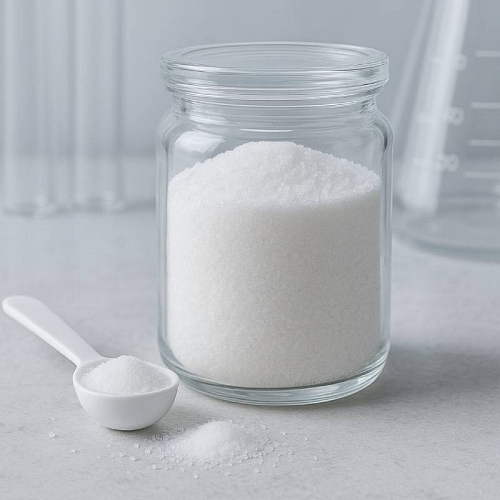
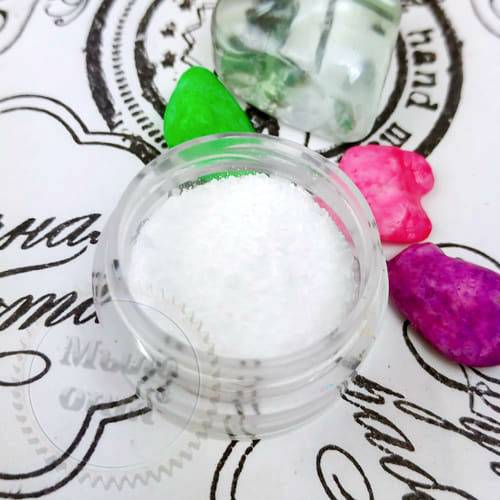


 Add to cart
Add to cart Buy in 1 click
Buy in 1 click

 Add a review
Add a review To favorites
To favorites To compare
To compare






